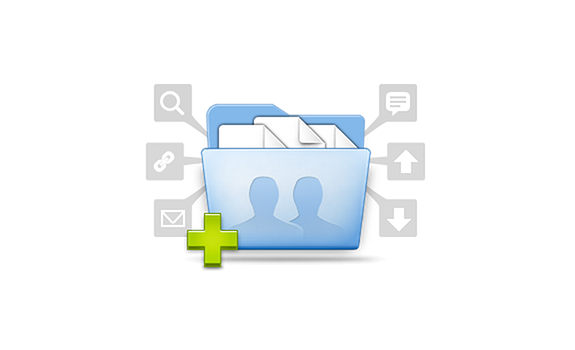Putting Your File Sharing Plan Together
As businesses extend themselves and their assets around the globe, file sharing has become a way to get projects done regardless of time zones. When looking to integrate this feature in your business, here is what to consider.

Encryption Policies and Procedures
Because of the variables included in creating and using an online file sharing service, security needs to be at the top of the list. Securing communications with Secure Socket Layer (SSL) or Transport Layer Security (TLS) are a start. Using 256-bit Advanced Encryption Standard (AES), which is what they use for banks, is the ideal, if not the standard. IT management security procedures need to implement multi-factor authentication methods and firewalls designed to protect from intrusion and threats. IT staff and managers are the first line of defense when it comes to taking care of your company’s best interests. In conjunction with human resources, individual and group security policies need to be put in place that covers new hires and separations.
Creating Their Own Space
When it comes to BYOD (bring your own device), employers are starting to see the benefits, and may require employees to BYOD to work; this is where cloud storage can become an invaluable alternative to insecure email or even FTP. Sharing large files means that companies need to provide secure ways for businesses to access bandwidth without collision. Free file sharing won’t be enough because companies want to create a branded space that’s customized for features such as webinars and recorded meetings.
Collaboration Features
Working on a project with a colleague means a lot of back and forth conversations. Being able to have secure video conferencing on the desktop or on their mobile device means increased productivity and less redundancy. In the cases where you lose connectivity but still need to work on a document, having the ability to sync and get real time updates on documents will lessen confusion and keep the momentum going.
Assessing Accountability
There is nothing worse than that sinking feeling you get when a presentation that you just worked on suddenly disappears. When there are multiple hands on a document anything can happen. A safety net feature is necessary to make sure that a tracking and recovery policy is in place because there needs to be a way to assess accountability and trace problems. Having a tracking system will help you identify what changes were made, when, and by whom. Audit logs provide a chain of custody just in case of accidental deletions or corruption. Additional redundancies need to be built in so that if an entire sector of information is compromised, productivity isn’t overly affected.
Most file sharing sites default to public when files are uploaded as a way of encouraging social interactions. For business organizations, the default needs to be designated as private so that the organization is protected from sharing sensitive data. This may seem like a lot to consider but when you’re dealing with a third party vendor, every precaution needs to be taken into consideration, including training. Making sure everyone understands how to work within this environment will go a long way to keeping your company safe.








